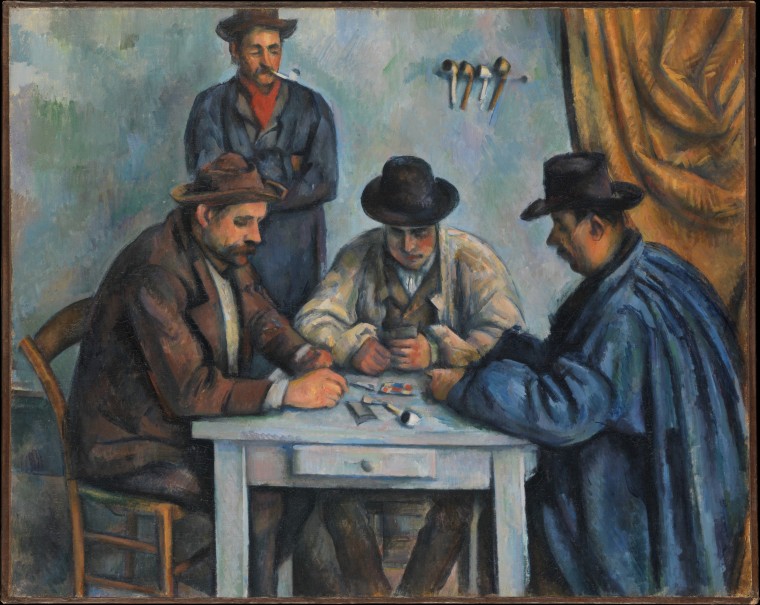
Photo
The Met Digitizes its Collection, Releasing 375,000 Images for Free
This week the Met Museum in New York released 375,000 images from their collection to the public domain for free and unrestricted use.
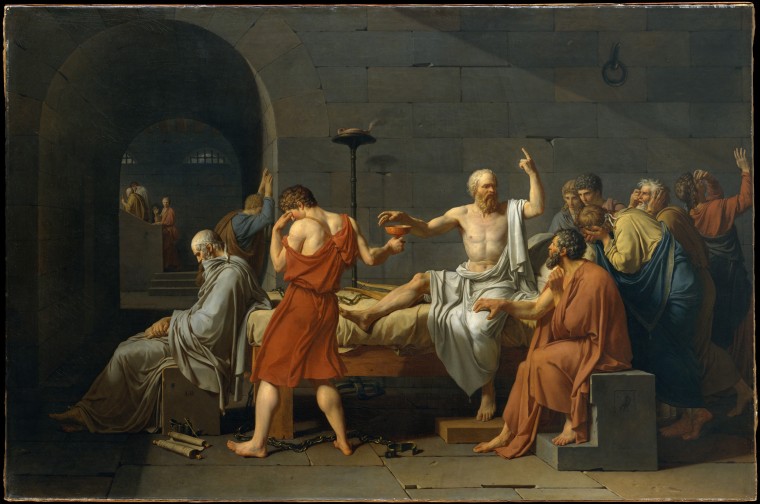
The Death of Socrates, oil on canvas by Jacques Louis David, 1787.
Accused by the Athenian government of denying the gods and corrupting the young through his teachings, Socrates (469-399 B.C.) was offered the choice of renouncing his beliefs or dying by drinking a cup of hemlock. The printmaker and publisher John Boydell wrote to Sir Joshua Reynolds that it was "the greatest effort of art since the Sistine Chapel and the stanze of Raphael."
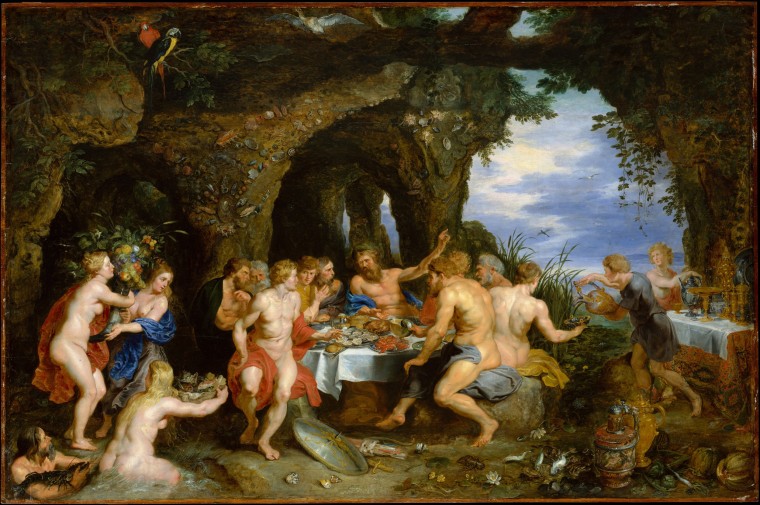
The Feast of Acheloüs, oil on wood by Peter Paul Rubins and Jan Brueghel the Elder, circa 1615. Rubens and his friend Jan Brueghel collaborated on a number of mythological and religious pictures about 1610-20. The river god Acheloüs explains to the Greek hero Theseus that a distant island is his former lover Perimele, transformed by Neptune so that she could remain forever within the river's embrace.
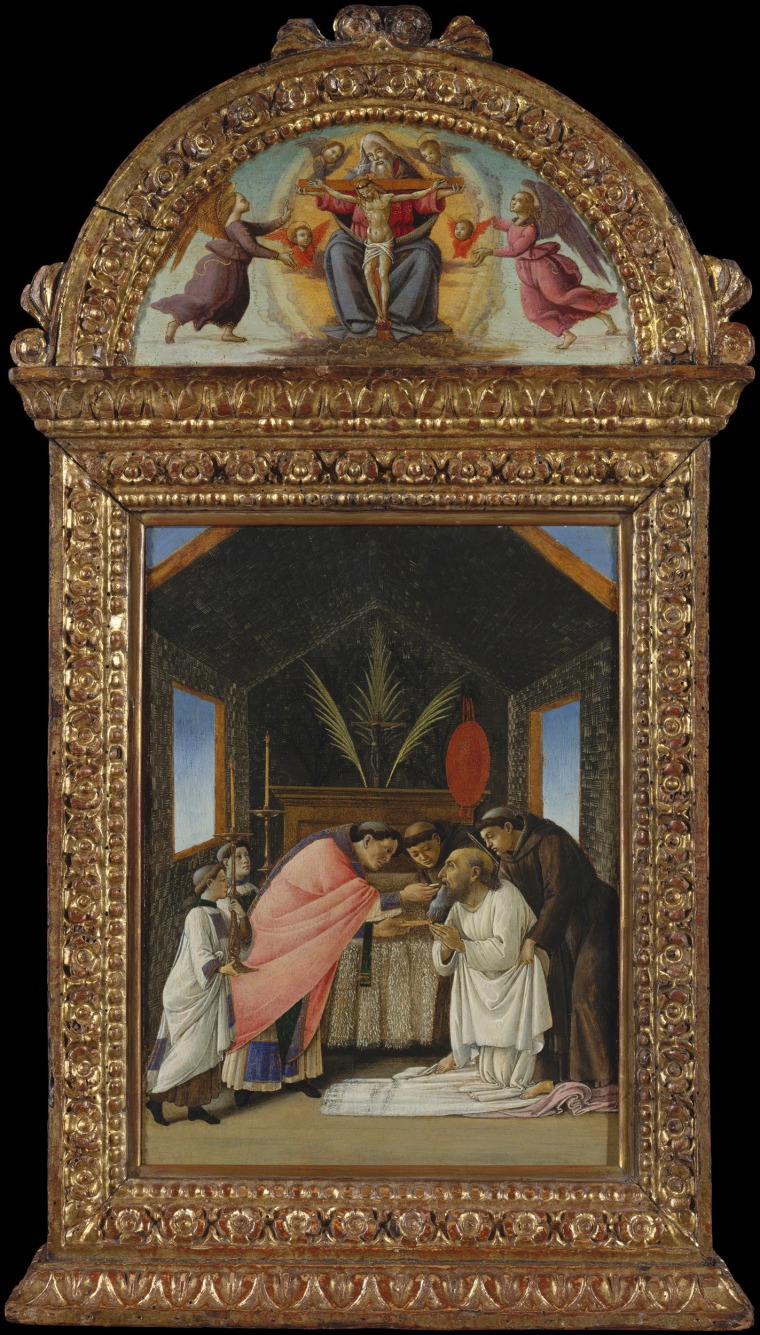
The Last Communion of Saint Jerome, tempera and gold on wood by Botticelli, early 1490s. Famous in its day, the picture was painted in the early 1490s for the Florentine wool merchant Francesco del Pugliese. A supporter of the radical preacher Savonarola, Pugliese may have been attracted to the subject for its deeply devotional content.
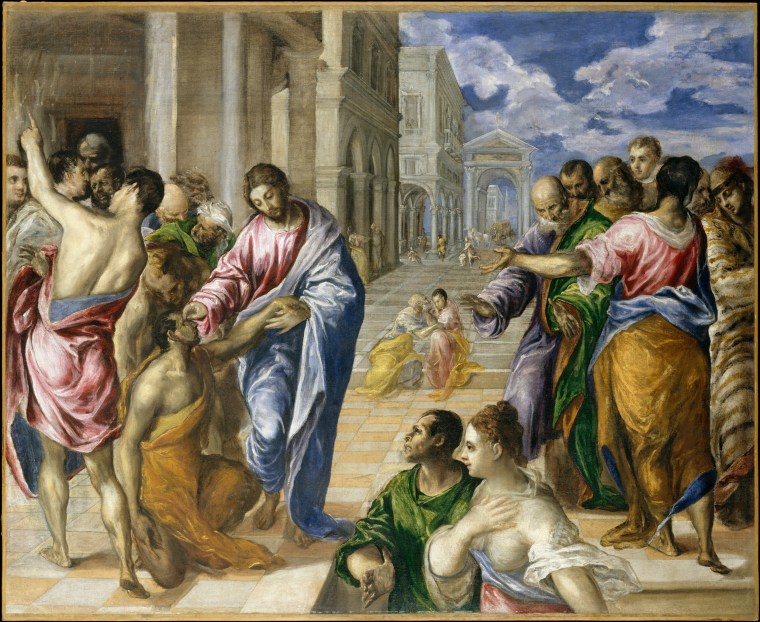
Christ Healing the Blind, oil on canvas by El Greco, circa 1570. El Greco painted this masterpiece of dramatic storytelling either in Venice or in Rome, where he worked after leaving Crete in 1567 and before moving to Spain in 1576. It illustrates the Gospel account of Christ healing a blind man by anointing his eyes. The two figures in the foreground may be the blind man's parents.
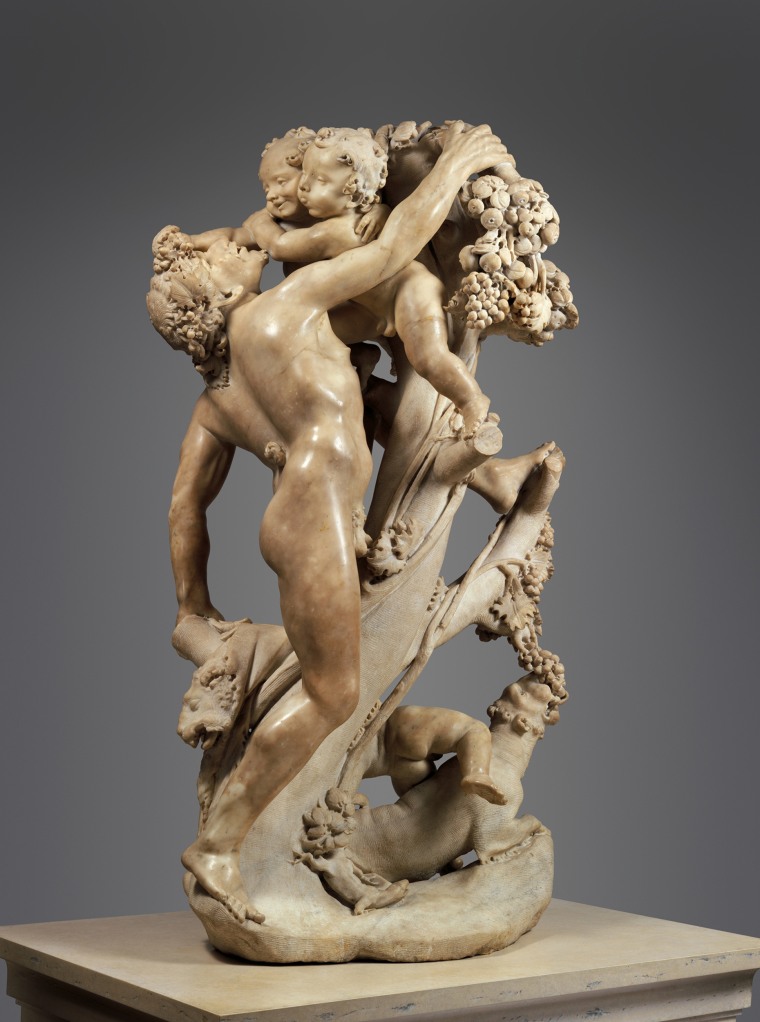
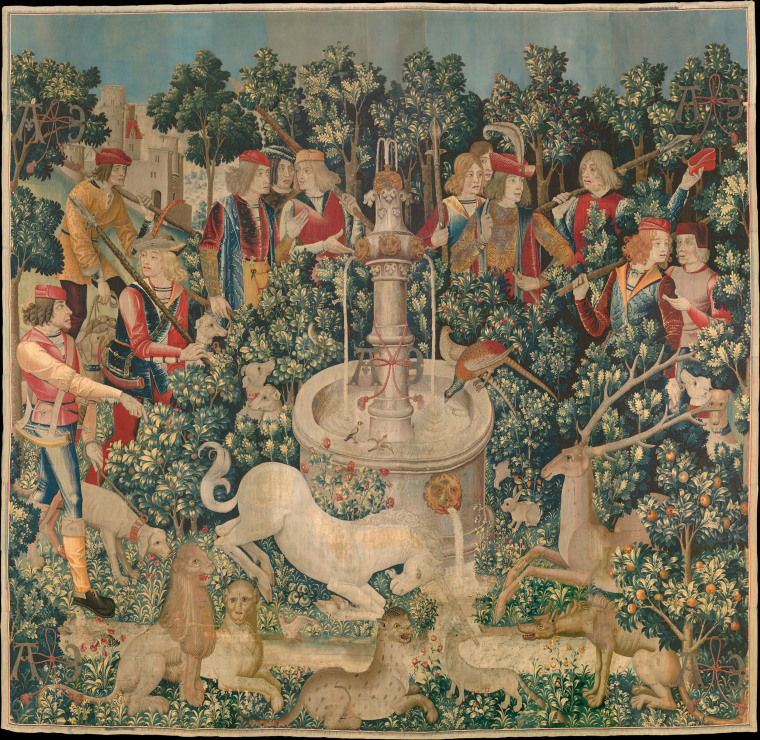

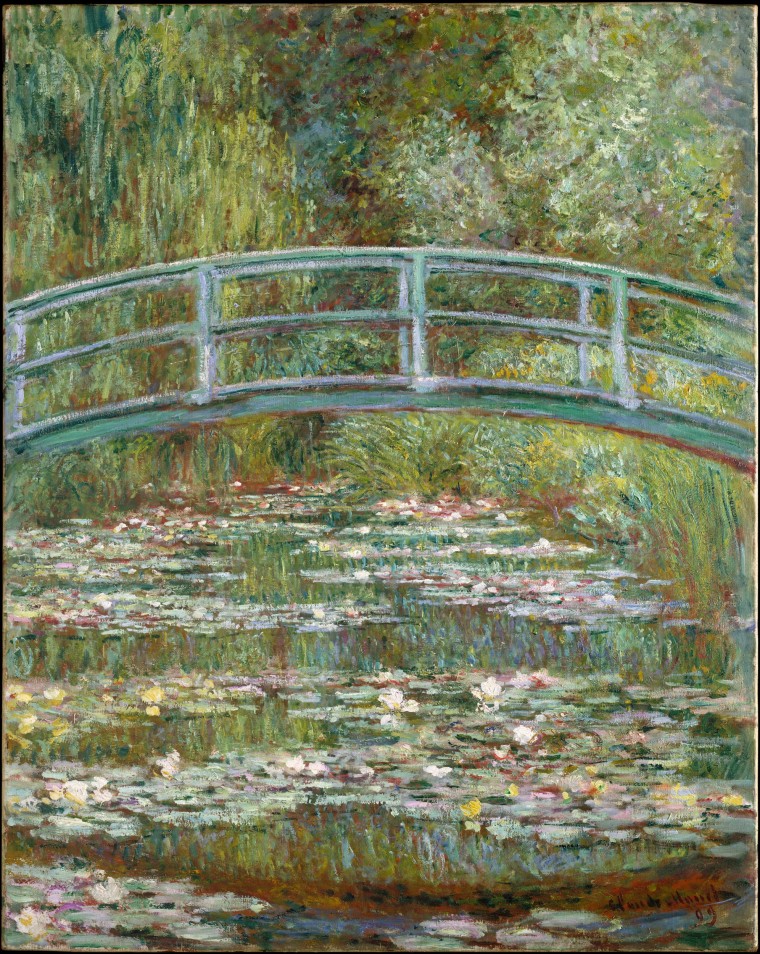
Bridge over a Pond of Water Lilies, oil on canvas by Claude Monet, 1899. In 1893, Monet purchased land with a pond near his property in Giverny, intending to build something "for the pleasure of the eye and also for motifs to paint." The result was his water-lily garden. In 1899, he began a series of eighteen views of the wooden footbridge over the pond, completing twelve paintings, including the present one, that summer.
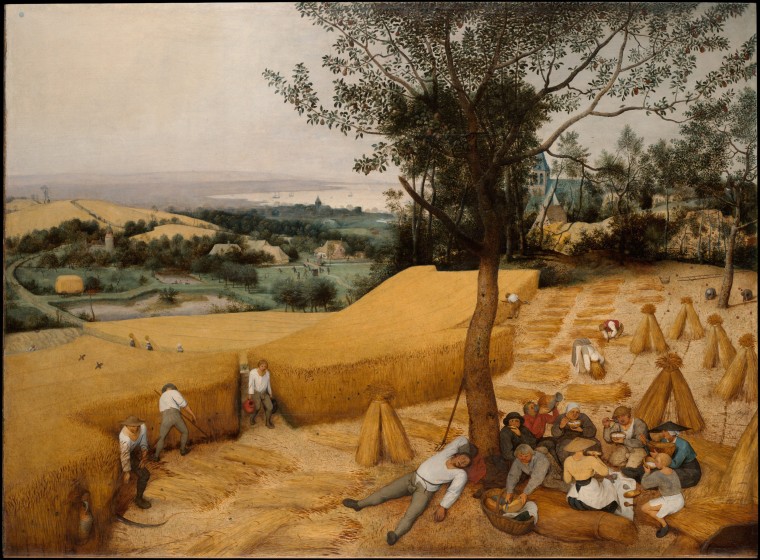
The Harvesters, oil on wood by Pieter Bruegel the Elder, 1565. This panel belongs to a series and the cycle originally included six paintings showing the times of the year. Bruegel's series is a watershed in the history of western art, the religious pretext for landscape painting has been suppressed in favor of a new humanism.


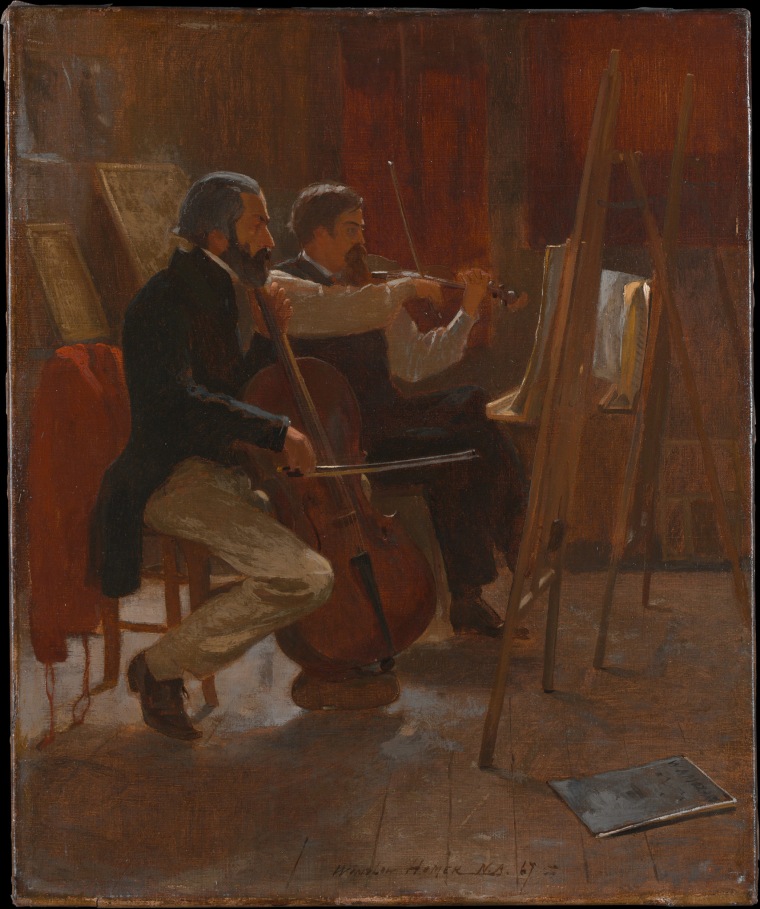

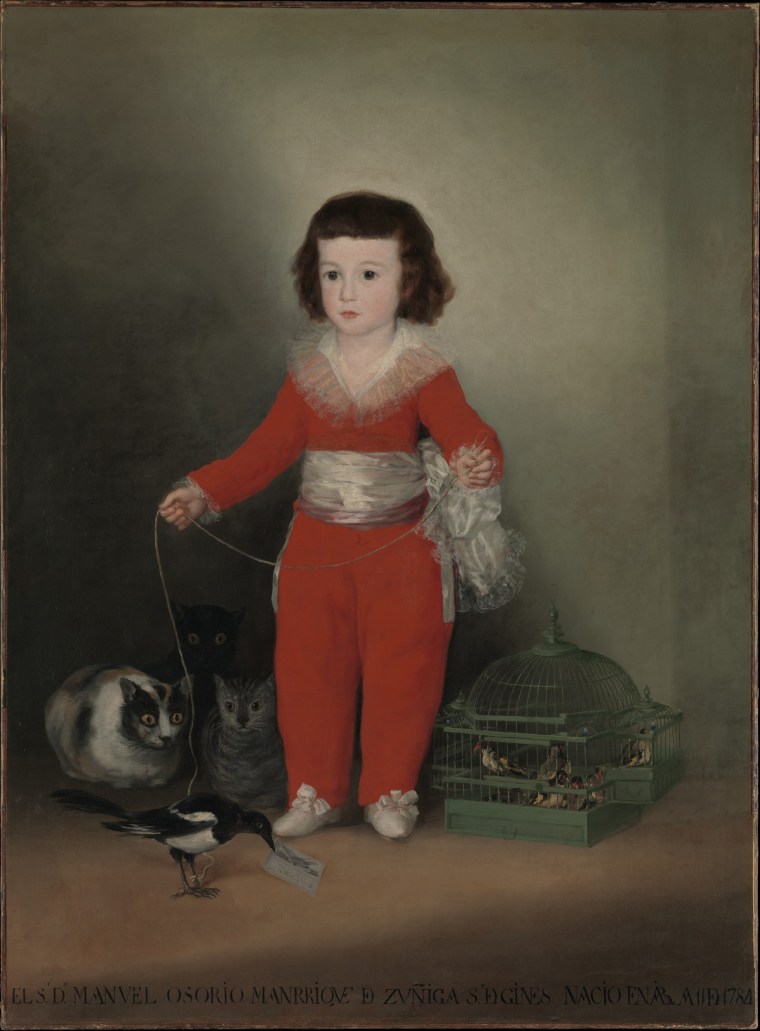
Manuel Osorio Manrique de Zu?iga (1784-1792), oil on canvas by Goya, 1787-88. The sitter is the son of the Count and Countess of Altamira. Outfitted in a red costume, he is shown playing with a pet magpie (which holds the painter's calling card in its beak), a cage full of finches, and three wide-eyed cats.



Six Apostles from Retable, limestone dated in the late 14th century. This fragment was part of a retable, a frieze installed behind an altar. Represented from left to right are an unidentified apostle and Saint Bartholomew, Saints Andrew and James the Lesser, and Saints John and Peter, who both turn to face the now-missing Christ. The relief is contemporary with the construction of the collegiate church of Saint-Jean-Baptiste, begun in 1326. A portion of the retable's right section is now in the Mus?e du Louvre.
